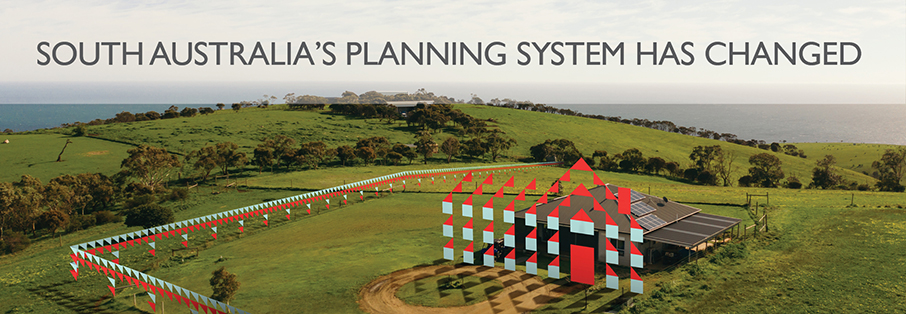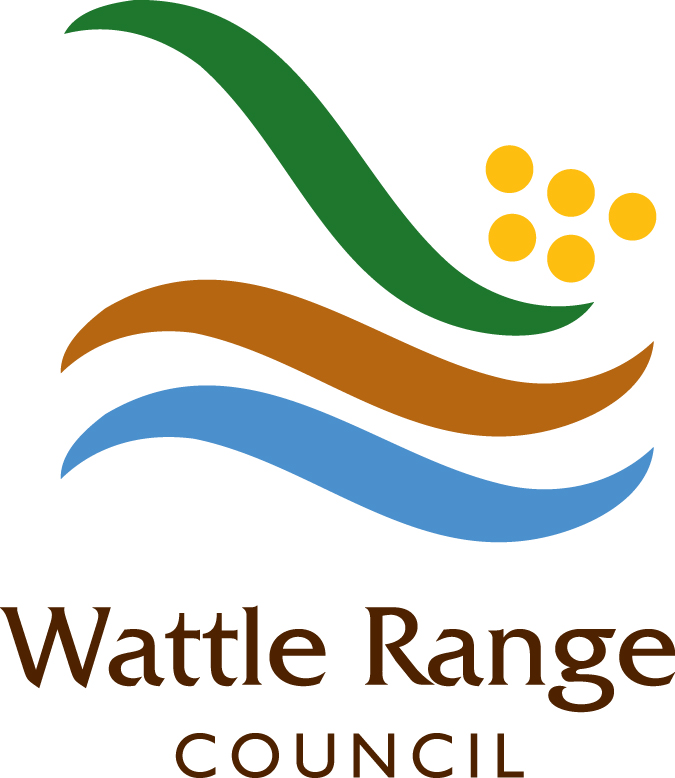Building & Planning FAQ

PlanSA Fact Sheets
- How the Planning and Design Code Applies to Developing a Property
- Find out if you need Approval
- Ways to Lodge your Application for Approval
- Development Application Checklist
- New Fees and Charges at a Glance
- Assessment Timeframes in the New Planning System
- What are the Assessment Pathways in the Planning and Design Code
- Request for Additional Information During Assessment
- Engaging an Accredited Professional as a Decision-maker
Building and Planning Frequently Asked Questions
Demolition work means any work that involves the demolition, destruction or removal of a structure or part of a structure that is load-bearing or is related to the physical integrity of the structure.
Do I need approval?
You may need to apply for approval before you start. To find out if approval is required, please visit the PlanSA website.
Demolition work should be carefully planned. Prior to commencing the demolition, please consider the following:
- Will any temporary formwork, shoring and bracing be required?
- Will any fencing, hoarding or warning notices be placed around the site?
- What method is to be used to suppress dust on the site?
- What methods will be used to prevent spread of dirt, mud and debris from the site onto the public road?
- What methods will be used to control mud/sediment from entering Council’s stormwater system?
- What methods are to be used to control site surface water, during demolition and after?
- How is the demolished material to be disposed of (or salvaged)?
- Are there any hazardous materials on the site (e.g. asbestos)?
- Are there any known contaminants on the site?
- Will it be necessary to close off any footpath, road or laneway during the demolition work?
For further information and advice, please contact our Development Team on 8733 0900 or email development@wattlerange.sa.gov.au.
Council has no legal authority in disputes over fences.
You should talk to the owner of the neighbouring land in a calm and courteous manner if you are in disagreement about:
- Sharing costs
- Carrying out the work
- The type of work required – e.g. repair the fence rather than replace it
- Accessing their land to carry out the work
The Legal Services Commission produces a useful pamphlet “Fences and the Law” that contains relevant information and forms required to assist in fencing negotiations and/or disputes.
If you cannot reach an agreement you can contact the Southern and Limestone Coast Community Justice Centre on 8384 5222 or the Legal Services Commission, Legal Help Line on 1300 369 236. They can act as an independent third party to help you reach an agreement.
Related information
Development approval for a new pool
Development approval is required for a new swimming pool, spa pool and safety fencing. Council will check:
- the details and location of safety barriers
- the safety of the pump
- the adequacy of structural support for the swimming pool or spa pool.
Fencing must be installed before a new pool is filled with water.
For further information and advice, please contact our Development Team on 8733 0900 or email development@wattlerange.sa.gov.au
Above-ground or inflatable pools and portable spa pools
If the swimming pool, including an inflatable pool, or spa pool, has a filtration system and has a depth exceeding a water depth of 300mm you will:
- need to get approval for it to be placed and/or constructed on your land
- ensure safety features, including a swimming pool safety barrier/fence are in place.
The sides of an above-ground pool can be a suitable safety barrier if:
- they are non-climbable and are at least 1.2 metres high, and
- a barrier is placed around the ladder (even if it is removable), and
- a barrier is placed around anything else that can be climbed on.
Detailed information on pool and spa safety can be found on the South Australian government web site.
For further information and advice, please contact our Development Team on 8733 0900 or email development@wattlerange.sa.gov.au
Public swimming and spa pools – inspections
The Council’s Environmental Health Officer conducts routine inspections and complaint investigations of public swimming and spa pools in the Council area to ensure their compliance with the South Australian Public Health Act, 2011. Please refer to the SA Health web site for further information and standards relating to public swimming pool and spas in South Australia
Private swimming and spa pools
It is the responsibility of the owner of the pool or spa to ensure it is properly maintained. If a pool is not properly looked after, it may become a breeding ground for harmful bacteria and other organisms that may cause serious illness.
The correct use of appropriate chemicals and good management of disinfection, filtration and recirculation will keep the pool water clean, safe and in a hygienic condition.
Please refer to the SA Health website for factsheets on private swimming pools or contact the Council’s Environmental Health Officer on 8733 0900 or email development@wattlerange.sa.gov.au
Development Approval is required for shipping containers to be placed on a residential property (including vacant land). This includes shipping containers used as a storage container, shed, outbuilding or ancillary accommodation.
Getting the right approval ensures that development is appropriate for where it is proposed, constructed in a way that is safe and compliant with the building Code & relevant standards.
At a minimum, a development application for the placement of a shipping container on a property should include:
- A site plan showing the proposed location of the shipping container, the position of any existing or proposed building and the minimum distance between the shipping container and the front, side and rear boundaries of the site.
The siting of the shipping container on the property should ensure that the container remains inconspicuous as possible when viewed from a public place or neighbouring property and should comply with set-back requirements of the Planning and Design Code
- Landscaping or other screening methods, is one of the most effective methods by which to screen a structure as well as improving the amenity at the same time. In some circumstances there will not be adequate space on-site or landscaping will simply not be realistic. In these circumstances, a fence or wall may need to be considered.
- Details will need to show how the external appearance of the shipping container will be improved. Simply painting the container may not be enough enhancement to provide the grounds for an approval. In some instances cladding of the shipping container and providing an amended roof line will be necessary in order to take away the semblance of the structure being a container. This would need to be considered, in addition to landscaping as previously mentioned.
A situation where a shipping container does not comply with the requirements of the Planning and Design Code and/ or where the external appearance of the container will not be enhanced is unlikely to receive development approval.
Can I use a shipping container to store materials during construction of an approved building?
Yes. A shipping container can be used as a temporary store (but not for the purpose of overnight accommodation) directly in association with the performance of an approved building work on the site. The container must be removed from the property at the completion of the relevant building work (unless you have gained Development Approval for it to remain).
Your cooperation in liaising with Council regarding shipping containers on land will be appreciated to ensure that the storage requirements of land owners can be met whilst also meeting the legislative requirements which address potential impacts on neighbours and ensuring the amenity of townships and rural areas is maintained or enhanced.
For further information and advice, please contact our Development Team on 8733 0900 or email development@wattlerange.sa.gov.au.
A permit must be obtained for the construction of a bore and work must be done by a licensed driller. You can apply for a permit through the Department of Environment and Water
The NRM Register provides access to information about current Permits, Licences, Allocations and Approvals.
Related Information
Disputes between neighbours must be resolved between you and your neighbour. Council does not have the authority to direct a neighbour to remove or prune trees that grow on their own property.
The Legal Services Commission produces a useful pamphlet “Trees and the Law”. The purpose of this pamphlet is to outline the law relating to tree problems between private neighbours and suggests some practical ways in which problems may be avoided.
If you cannot reach an agreement you can contact the Southern and Limestone Coast Community Justice Centre on 8384 5222 or the Legal Services Commission, Legal Help Line on 1300 369 236. They can act as an independent third party to help you reach an agreement.
Trees and Powerlines
If you have a query related to trees growing through powerlines, please contact SA Power Networks on 13 12 61.
Trees on Council Land
Problems associated with trees growing on Council land or overhanging on to public areas should be referred to Council’s Engineering Department on 8733 0901.
Related information
